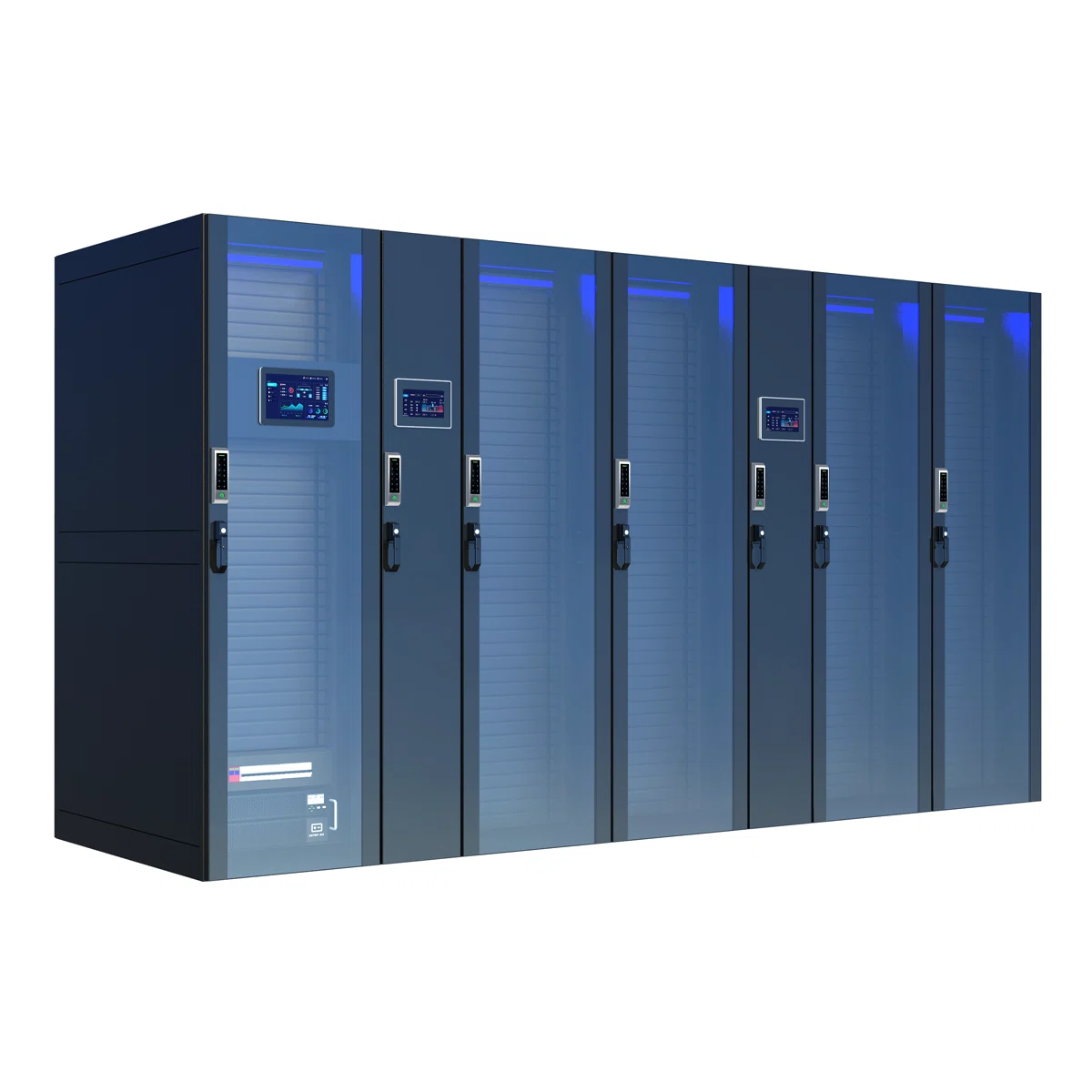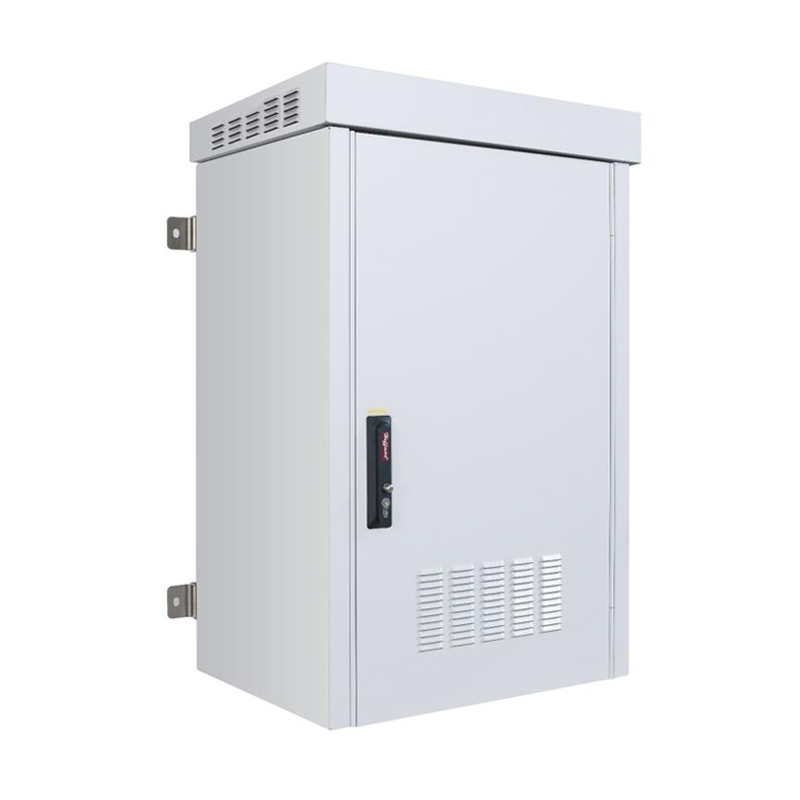The Complete Guide to Server Racks: Functions, Standards, and Data Center Management Solutions
Release time: 2025-05-19
1. What is a Server Rack?
A server rack, also known as a server cabinet, is a specialized metal frame structure designed to store and organize IT equipment. As a core infrastructure component in data centers and telecom rooms, it houses critical devices such as servers, routers, and switches, enabling secure deployment and efficient management through standardized design. In typical deployments, server racks are arranged in rows to form scalable equipment arrays, ensuring orderly data center operations.
2. Core Functions & Advantages of Server Racks
2.1 Space Optimization for Maximum Efficiency
Server racks utilize a vertical high-density layout, significantly increasing equipment capacity per unit area. For example, a standard 42U rack can hold dozens of 1U to 4U servers, saving over 70% of floor space compared to scattered placement. Open or enclosed designs allow front/rear access, balancing space efficiency and maintenance convenience.
2.2 Intelligent Cooling for Stable Performance
High-density equipment stacking can cause localized overheating. Server racks feature precision-engineered airflow management via ventilation holes, built-in fans, or integration with data center cooling systems, maintaining an optimal operating temperature (20°C–25°C). High-end racks may include redundant cooling modules to minimize failure risks.
2.3 Cable Management: Eliminating “Spaghetti Networks”
A single rack may contain hundreds of power, network, and signal cables. Traditional unstructured cabling complicates troubleshooting. Server racks integrate cable trays, vertical organizers, and labeling systems, reducing fault diagnosis time from hours to minutes while improving aesthetics.
2.4 Multi-Layered Security for Critical Assets
- Physical Protection: High-strength steel frames (≥1.2mm thickness) resist impacts.
- Access Control: Mechanical/electronic locks prevent unauthorized entry.
- Safety Features: Anti-tip mechanisms and grounding ensure compliance for finance, healthcare, and other high-security industries.
3. Industry Standards: 19-Inch Racks & Rack Units (U)
- Rack Unit (U):
- 1U = 1.75 inches (44.45mm)
- Common heights:
- 42U (~1867mm): Standard for data centers, fits 42×1U servers or mixed-height devices.
- 22U–32U: Ideal for edge computing or space-constrained environments.
- Equipment heights: 1U (blade servers), 2U (mid-range servers), 4U (HPC servers).
4. The “Smart Manager” for Data Centers: DCIM Software
As rack scales expand, Data Center Infrastructure Management (DCIM) software replaces manual oversight with:
4.1 Real-Time 3D Monitoring: Visualizes rack layouts with live sensor data (e.g., power load, temperature).
4.2 Capacity Planning: Calculates remaining U-space, power, and cooling capacity for optimal resource allocation.
4.3 Lifecycle Asset Tracking: Logs device details (model, serial number, maintenance schedules) for compliance and audits.
5. Applications & Selection Guidelines
- Hyperscale Data Centers: Prioritize 42U racks + enclosed cold aisles + smart PDUs.
- Edge Computing: Deploy 22U–32U wall-mount racks for compact, rapid deployment.
- Enterprise Server Rooms: Opt for glass-front racks with KVM switch compatibility for visibility and simplified management.
Server racks are more than IT equipment “containers”—they are the backbone of high-density, reliable, and sustainable data centers. By combining standardized design with intelligent DCIM tools, they empower cloud computing, AI, and other cutting-edge technologies with robust physical support.

